Disclosure: Meeple Mountain received a free copy of this product in exchange for an honest, unbiased review. This review is not intended to be an endorsement.
Here’s the great thing about games from Keymaster, the publisher who has given us the PARKS games, Caper: Europe, and the upcoming trick-taking game Fuego: you always know a Keymaster game is going to be an exceptional production.
The most recent example of this is their new worker placement game Harvest, designed by Trey Chambers and based on the game of the same name (also designed by Chambers) from 2017 published by the now-defunct Tasty Minstrel Games. I never played the original, but I’m sure of this much: the artwork, the components, and the linen finish on the rulebook of the 2024 version of Harvest is a LOT nicer than the original.
Another sign that Harvest has gotten the Keymaster treatment: the unnecessarily luxurious teach video featuring star content creator Paula Deming. For a game that can be played by two players in less than 30 minutes, the Harvest teach video—well produced, often laugh-out-loud funny, and “hokey”, in the words of one of my review crew members—is somehow 22 minutes long. It’s a show, man! I taught this game live in less than 10 minutes, so I’m not sure how else to explain why the teach video was so long save for the fact that Keymaster cares so much about the look and feel of everything.
So, I think we can agree that “all out” seems to be the only speed Keymaster works at. Even the Keymaster booth at Gen Con 2024, decked out to look like a scene at a farm, was a little too much…which means, for Keymaster, it was just right. People remember the experience when it comes to Keymaster’s games, and Harvest is no exception.
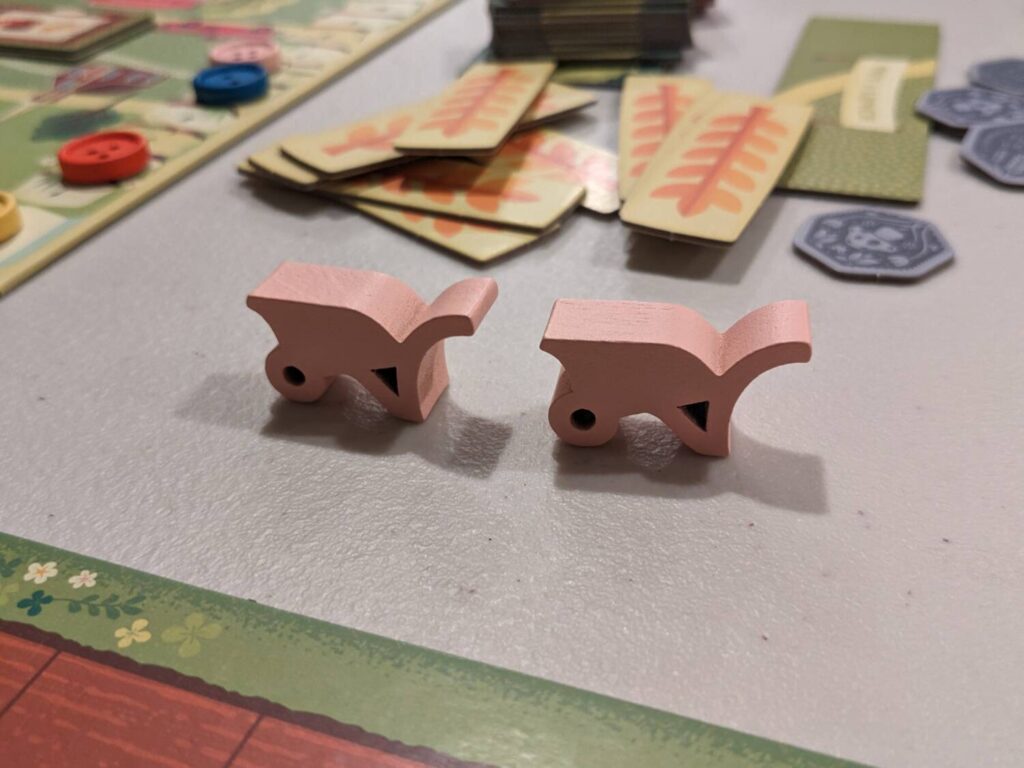
Time to Fertilize
Harvest is a 1-4 player worker placement game that plays in about 15 minutes per player. The game is also available on Board Game Arena, so I was able to try it across those two formats to get a feel for the gameplay.
Players take on the role of farmers trying to make the best use of 12 turns across four rounds. Planting seeds, tending and harvesting crops, clearing space on a player’s forest board, and building structures are just some of the things you’ll do in order to score the most points.
Harvest assigns each player a character that breaks the core rules of the game in one form or another, then sets up each new round the same way: draft a new turn order tile along with a few resources, take three actions across a variety of different locations on the main board, then execute a brief clean-up phase before doing it all again.
The main focus of play in Harvest is buying seeds that can then be turned into immediately harvestable crops or tended by your farmer to expand your yield when you eventually harvest those crops. Between wheat, strawberries, blueberries and pumpkins, players score points for each type of crop that was harvested, plus players earn a cash bonus for harvested crop variety. Money becomes useful both on the front end of this process, when buying new seeds, and on the back end, when a player needs to clear space in their forest to place new buildings that provide instant or end-game bonuses.
Nothing about Harvest is too complicated, leading players to say things like “Harvest is the kind of game I could break out with my family at Thanksgiving this year” and “I like that there’s a little meat on the bone.” I agreed, and I think Harvest might land best as a “gateway plus” game that could bring new gamers into your circles by doing just enough to have a nice tension attached to each play.
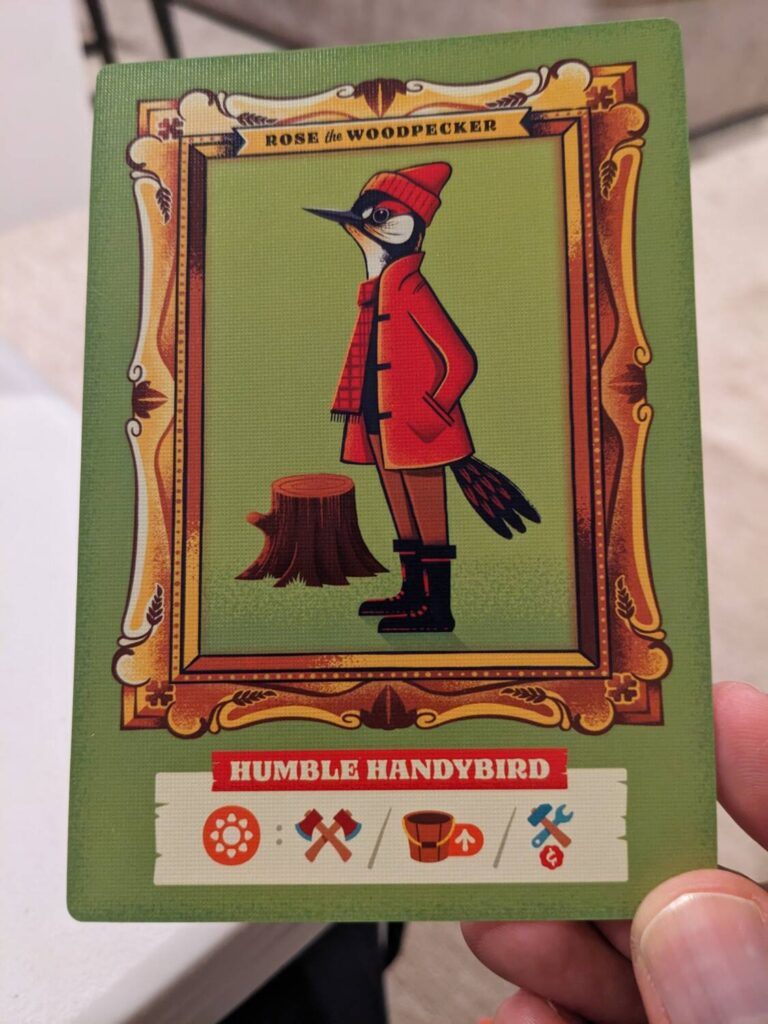
Those Spots Fill Up
The best moments of Harvest came when drafting new Sunrise tiles. These tiles set turn order for the upcoming round while also providing each player with a few coins and a single bonus action before the upcoming round. As you might expect, going first is great but comes with the worst bonus rewards. New Sunrise tiles are picked randomly from a pool and each player gets a choice of three new tiles at the start of each round. Turn order does matter a fair amount here, because some of the variable actions in Harvest go fast. Also, the building market is often tight, so being able to choose a new building first could be a gamechanger.
I also enjoyed how tight the end of each round was for the purposes of choosing actions. Going last in a four-player game was a balancing act—taking a juicy tile that got a lot of bonuses during Sunrise was nice, but when it came time to take the 12th and final action of the round, it was slim pickings, to say the least!
So, Harvest is easy to teach and plays fast. The production is great and I love the feel for how this game works—place workers (in the form of wheelbarrows), get stuff, sell stuff for points and cash. As straightforward as this sounds, it led to players saying nice things about the game by the end, but no one seemed willing to shove a loved one out of the way to tackle it a second time.

Harvest is a by-the-numbers exercise, and it seemed like there were limited paths to victory—building the right end-game scoring structures is a big thing, as is finding ways to sell lots of pumpkin and blueberry crops. Watching for the best one-shot actions on new tiles each round was critical, to ensure you got the bang for your buck from each and every one of your very limited coins to take actions.
In my four-player, in-person game, two areas of the board got essentially zero love from the table: the Trading Post, and the three-action space at The Fields where a player could take all three of those actions: Plant, Tend, and Harvest.
The Trading Post just felt like an area where dreams go to die. There are three cost options that can be turned into three somewhat-useful options, but two of the cost options—spending two fertilizer or three water—were astronomical, given how expensive it is to plant and tend crops, which use those same resources. The third cost option at the Trading Post is a seed, so on two occasions, a player turned a spare wheat into something a little better. Not bad, but no one was using the Trading Post until their third action in a round.
The other space that was challenged, particularly late in each game, was the three-action space at The Fields. That’s because this space must be used at a cost of a coin per round already played. So, in the third round, it costs three coins to use the three-action space. Plus, none of our players ever needed three actions to squeeze more love out of their fields, so sticking with the one- or two-action spaces was totally fine.
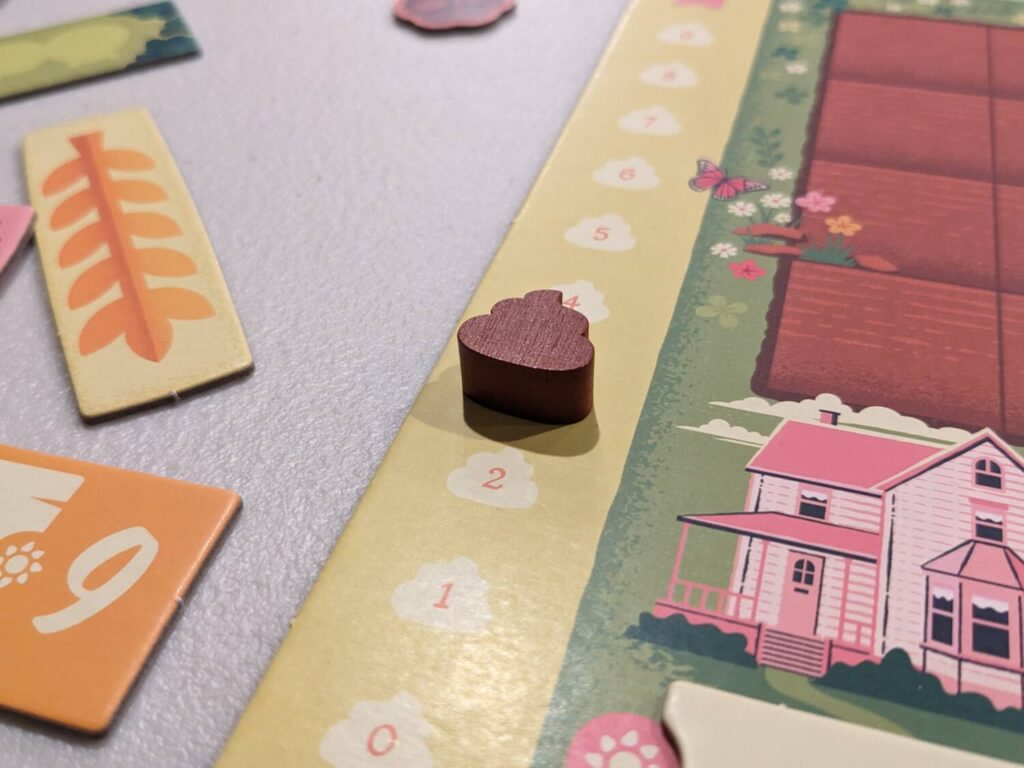
“Yeah, It’s Alright”
Harvest met with a mixed reception across the players who joined me for review plays. I won my only four-player game of Harvest and I was surprised I wasn’t more excited about things as a result. Usually, winner’s bias kicks in a little, so when it does not, that tells me most of what I need to know.
The production, and the integration of theme, is stellar, which is par for the course with this publisher. A game this short does what it needs to do and then gets out of the way, so kudos to Chambers and anyone else who helped with development of the new version of the game because Harvest does not overstay its welcome. It’s also a game that is truly family-weight and should have appeal beyond core gamers.
I just wish Harvest produced more wows for me. I like the player powers, and that helps add spice to the game. The actions really don’t add spice, though. The first couple rounds of Harvest feel like a setup—grab some seeds, make your water bucket a little larger so that you can be more efficient with your actions in The Fields later in the game, etc. But I found that only a couple of each game’s 12 actions really generated any sort of a heat level.
Harvest will best live on as an opportunity to bring newer gamers into the hobby with a theme that makes sense. The price tag for this game is a little too big for its britches, so that will definitely turn some players off (one of my review crew members wanted to buy Harvest at a recent convention—then he saw the price and opted to just play the game on BGA instead). I enjoyed my time with Harvest but I immediately put the game into the donation pile after my final review play. It will get more love from another gamer, and I’m perfectly fine with that.




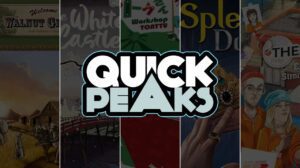
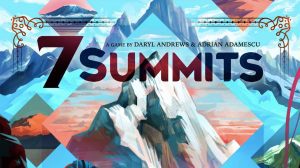






Add Comment